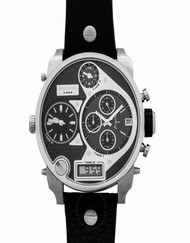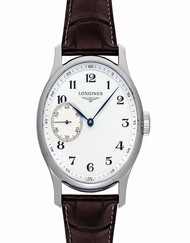Luxury Diesel replica watches
Shopping Cart - 0 Item
You have no items in your shopping cart.
- REPLICA WATCHES
- Real Photo Watches
- Audemars Piguet
- Cartier
- Bvlgari
- Watches other brands
- NEWS WATCHES
- Contact Us
Menu
- HOME
- Audemars Piguet
- Bell & Ross
- Breitling
- Bvlgari
- Cartier
- Chopard
- Diesel
- Franck Muller
- Grand Seiko
- Hamilton
- Hublot
- IWC
- Jaeger Lecoultre
- Jaquet Droz
- Longines
- Maurice Lacroix
- MeisterSinger
- MIDO
- Montblanc
- Nomos Glashuette
- Omega
- Oris
- Panerai
- Patek Philippe
- Rado
- Richard Mille
- Seiko
- Sevenfriday
- SINN
- TAG Heuer
- Tissot
- Ulysse Nardin
- Zenith
- NEWS WATCHES
-
Home / -
Diesel Replica / -
Diesel DZ7264
Buy Replica Diesel DZ7264 Watches
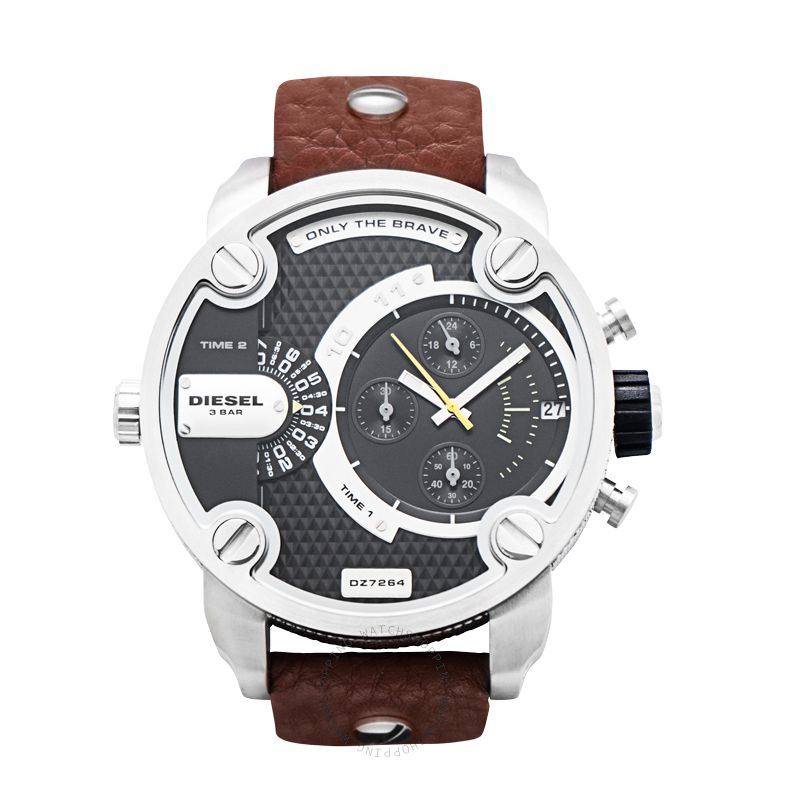
Diesel DZ7264 Details
| INFORMATION | |
|---|---|
| BRAND | Diesel |
| SERIES | SBA |
| MODEL | DZ7264 |
| Gender | Mens |
| PRODUCED | - |
| DIAL | |
| TYPE | - |
| COLOUR | Black pyramid textured |
| FINISH | - |
| INDEXES | Stick |
| CASE | |
| MATERIAL | Stainless Steel |
| CRYSTAL | Scratch Resistant Mineral |
| BACK | Solid |
| SHAPE | Round |
| DIAMETER | 57 mm |
| HEIGHT | 13 mm |
| MOVEMENT | |
| CALIBRE | - |
| TYPE | Quartz |
| DIAMETER | - |
| JEWELS | - |
| RESERVE | - |
| Frequency | - |
| Time | - |
| BAND | |
| BandMaterial | Leather |
| FEATURES | |
| WATER RESISTANCE | 30 m |
| STYLE | Luxury Watches |
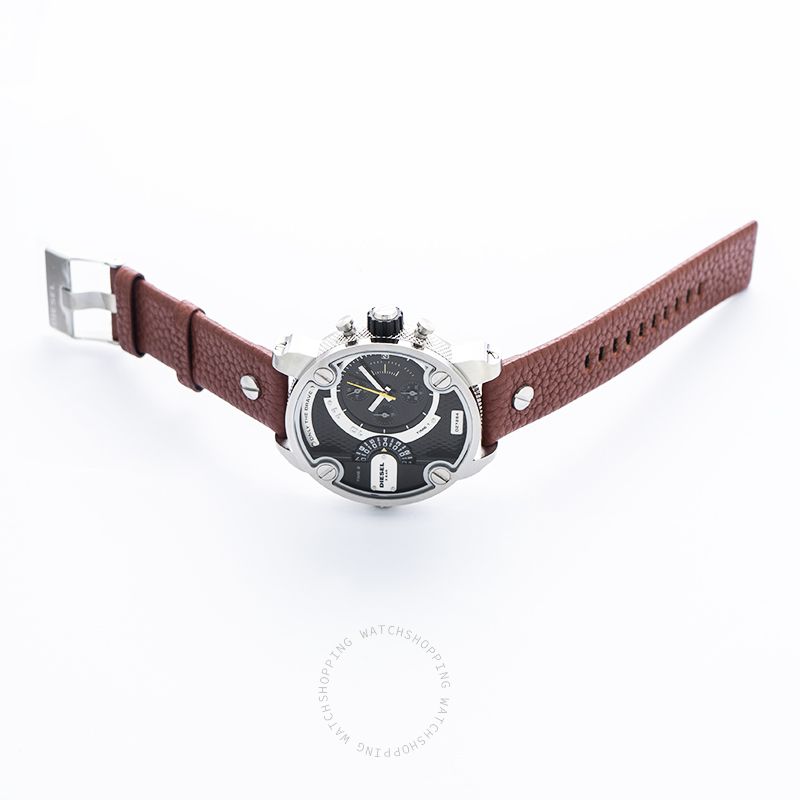
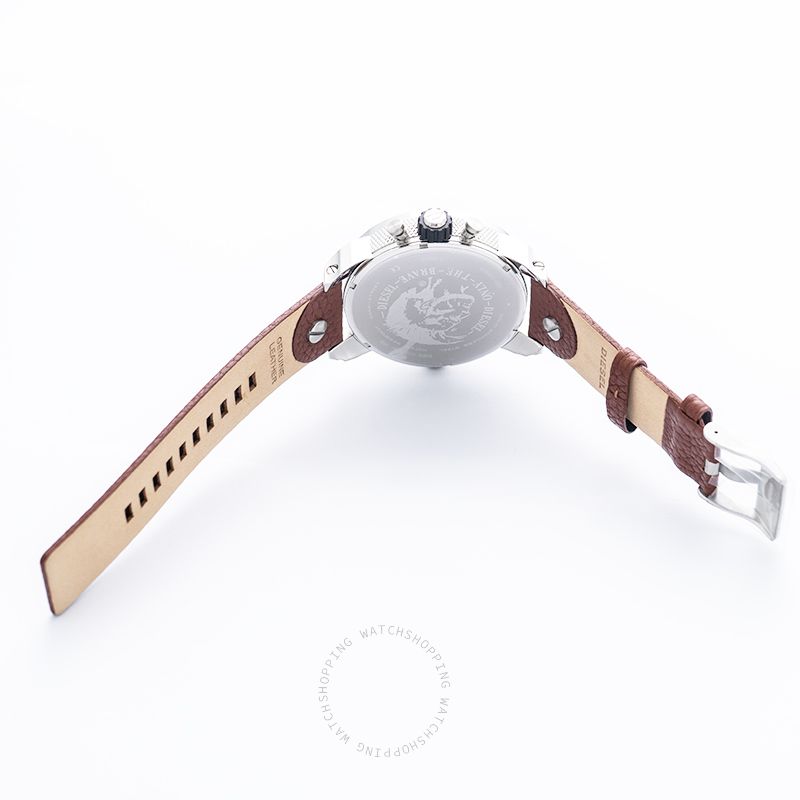
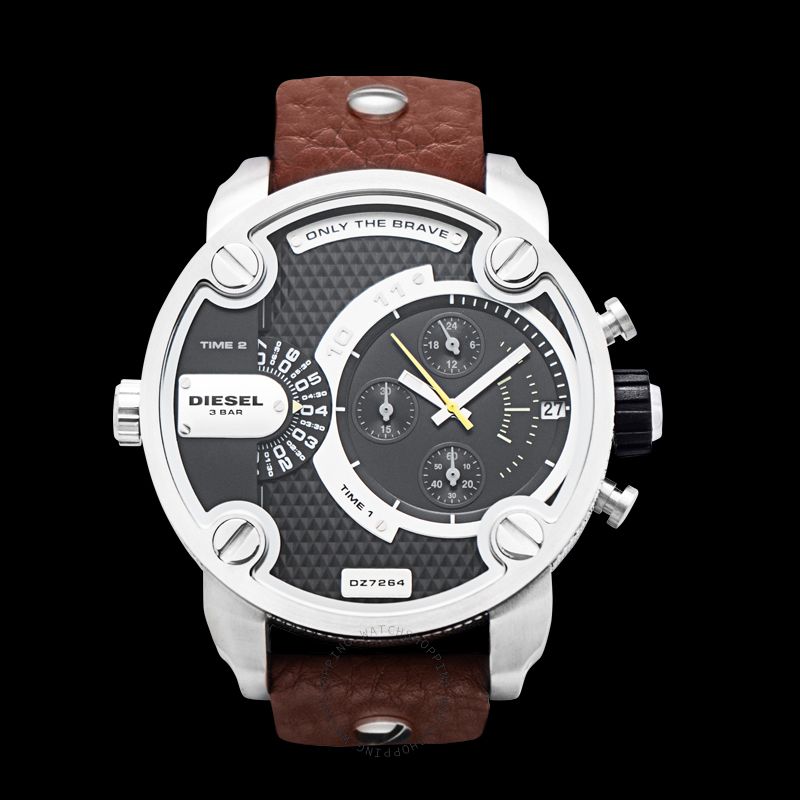
comments
- A little er than I was expecting, but unique, sleek, clean, and elegant looking. Just hope I don't have an allergic reaction to the watchband.
 [Rating:(5 / 5 stars)]
[Rating:(5 / 5 stars)]- Review by Shelley Brown Israel Pardes-hana from Netherlands Purmerend
- a1,, good deal
 [Rating:(5 / 5 stars)]
[Rating:(5 / 5 stars)]- Review by Lauren Bourgeois England Redhill from Netherlands Purmerend
Watches NEWS
Introducing An Unexpected Tuscany Dial for the AP Code 11.59 Chronograph
Following the release of Audemars Piguet's first semester novelties for 2025, another less publicised model caught us by surprise. While ostensibly a Code 11.59 Chronograph in a two-tone blue ceramic and white gold case, this special edition strays from the collection's signature dials and incorporates a rare Tuscany dial in blue, something that will ring a bell with collectors.Accustomed as we are to AP's hallmark tapisserie dials and even the more recent embossed dial patterns of the Code 11.59 collection, a Tuscan Blue dial is a relatively rare sighting in AP's universe. Associated with Royal Oak Perpetual Calendars of the 1990s, the dials were originally hammered by hand, producing a grained, speckled surface that is rougher and less regular than one obtained with a machine. Last seen on the Royal Oak Jumbo 16202, the Tuscan dial reappears in 2025 on board the Code 11:59 Chronograph. Ad - Scroll to continue with article
Following the release of Audemars Piguet's first semester novelties for 2025, another less publicised model caught us by surprise. While ostensibly a Code 11.59 Chronograph in a two-tone blue ceramic and white gold case, this special edition strays from the collection's signature dials and incorporates a rare Tuscany dial in blue, something that will ring a bell with collectors.Accustomed as we are to AP's hallmark tapisserie dials and even the more recent embossed dial patterns of the Code 11.59 collection, a Tuscan Blue dial is a relatively rare sighting in AP's universe. Associated with Royal Oak Perpetual Calendars of the 1990s, the dials were originally hammered by hand, producing a grained, speckled surface that is rougher and less regular than one obtained with a machine. Last seen on the Royal Oak Jumbo 16202, the Tuscan dial reappears in 2025 on board the Code 11:59 Chronograph. Ad - Scroll to continue with article
Buying Guide - Our Top 5 Versions of the Audemars Piguet Royal Oak Jumbo 15202
The Royal Oak Jumbo, a watch known under its current guise as the reference 15202, is one of the most sought-after and desirable watches produced by the Swiss industry. Its popularity has reached far beyond just the small circle of seasoned collectors. It’s a cult object, a design icon. Yet, the Audemars Piguet Royal Oak Jumbo Extra-Thin 15202 will leave us soon. We also know from the words of the brand’s CEO that its replacement, due for the 50th anniversary of the model, is expected to be presented soon. And we also that the legendary JLC-based automatic calibre 2121 will be replaced by a new, in-house-produced movement. What, when, how…? We still don’t know. But what we can do for now is to look at what are MONOCHROME’s top 5 versions of the emblematic Audemars Piguet Royal Oak Jumbo 15202.The Steel Audemars Piguet Royal Oak Jumbo 15202STLet’s start with THE obvious one… The most classic, most emblematic, most relevant, most praised and most
The Royal Oak Jumbo, a watch known under its current guise as the reference 15202, is one of the most sought-after and desirable watches produced by the Swiss industry. Its popularity has reached far beyond just the small circle of seasoned collectors. It’s a cult object, a design icon. Yet, the Audemars Piguet Royal Oak Jumbo Extra-Thin 15202 will leave us soon. We also know from the words of the brand’s CEO that its replacement, due for the 50th anniversary of the model, is expected to be presented soon. And we also that the legendary JLC-based automatic calibre 2121 will be replaced by a new, in-house-produced movement. What, when, how…? We still don’t know. But what we can do for now is to look at what are MONOCHROME’s top 5 versions of the emblematic Audemars Piguet Royal Oak Jumbo 15202.The Steel Audemars Piguet Royal Oak Jumbo 15202STLet’s start with THE obvious one… The most classic, most emblematic, most relevant, most praised and most
Beyond the hour hand, other ways to display the time - Monochrome Watches
The circular motion of hands has been widely adopted for the use of displaying time for centuries. No doubt it was first inspired by the movement of sundials' shadow. Like these, early mechanical clocks showed only hours, before the invention of the minute hand. There are however a number of other ways to indicate the hours in mechanical wristwatches. These alternatives offer endless possibilities for watchmakers to express their creativity, with different time displays often involving complex mechanical developments, which in turn opens up a world of bold unorthodox designs capable of exploring time indication beyond the hour hand This?installment of A?Technical Perspective will look at the other ways to display the time.Audemars Piguet pocket and wristwatch with jumping hour – 1921 Ad - Scroll to continue with article Jumping or wandering hoursInstead of
The circular motion of hands has been widely adopted for the use of displaying time for centuries. No doubt it was first inspired by the movement of sundials' shadow. Like these, early mechanical clocks showed only hours, before the invention of the minute hand. There are however a number of other ways to indicate the hours in mechanical wristwatches. These alternatives offer endless possibilities for watchmakers to express their creativity, with different time displays often involving complex mechanical developments, which in turn opens up a world of bold unorthodox designs capable of exploring time indication beyond the hour hand This?installment of A?Technical Perspective will look at the other ways to display the time.Audemars Piguet pocket and wristwatch with jumping hour – 1921 Ad - Scroll to continue with article Jumping or wandering hoursInstead of
In-Depth: The New Girard-Perregaux Neo Constant Escapement (Incl. Video)
Girard-Perregaux brings back a captivating concept, which was, to many, one of the most interesting technical developments in modern watchmaking: the Girard-Perregaux Constant Escapement. This novel escapement is one of the most sophisticated answers to a crucial question for watchmakers: how to handle the waning driving force supplied by barrels? The first-generation Constant Escapement was a technical marvel which received much praise from insiders and collectors. It now comes in a new form integrating both aesthetic and technical evolutions. Meet the Girard-Perregaux Neo Constant Escapement.The Constant Escapement: Concept & HistoryConstant force is a holy grail of watchmaking and chronometry. In a mechanical watch, the energy is stored by the mainspring inside the barrel. The energy is released via the gear train that drives the hands. The speed at which the gears rotate is controlled by the regulator that comprises the escapement and the oscillator. The escapement transfers en
Girard-Perregaux brings back a captivating concept, which was, to many, one of the most interesting technical developments in modern watchmaking: the Girard-Perregaux Constant Escapement. This novel escapement is one of the most sophisticated answers to a crucial question for watchmakers: how to handle the waning driving force supplied by barrels? The first-generation Constant Escapement was a technical marvel which received much praise from insiders and collectors. It now comes in a new form integrating both aesthetic and technical evolutions. Meet the Girard-Perregaux Neo Constant Escapement.The Constant Escapement: Concept & HistoryConstant force is a holy grail of watchmaking and chronometry. In a mechanical watch, the energy is stored by the mainspring inside the barrel. The energy is released via the gear train that drives the hands. The speed at which the gears rotate is controlled by the regulator that comprises the escapement and the oscillator. The escapement transfers en
Hands-on: The Mint Green Tissot PRX Powermatic 80
In 2021, Tissot introduced the PRX collection, a lineup that perfectly captured the essence of its 1970s inspiration with a barrel-shaped case, integrated bracelet, and quartz movement. A few months later, the design was reissued, featuring the Powermatic 80 movement. It quickly became clear that the series was perfectly in tune with the growing trend of integrated sports watches, and the Tissot PRX emerged as one of the Swatch Group brand’s biggest successes in recent years. Three years later, the collection continues to expand and now includes 35 and 40-mm models powered by quartz and Powermatic 80 automatic movements and 42-mm automatic chronographs, with a variety of dial colours that make the PRX such a compelling offer. This year, the mint green hue that previously adorned the quartz-powered PRX references made it to the PRX Powermatic 80 line in both 35mm and 40mm. We gladly share our impressions of the 40mm reference, which captures the summer vibes ideally - like the 202
In 2021, Tissot introduced the PRX collection, a lineup that perfectly captured the essence of its 1970s inspiration with a barrel-shaped case, integrated bracelet, and quartz movement. A few months later, the design was reissued, featuring the Powermatic 80 movement. It quickly became clear that the series was perfectly in tune with the growing trend of integrated sports watches, and the Tissot PRX emerged as one of the Swatch Group brand’s biggest successes in recent years. Three years later, the collection continues to expand and now includes 35 and 40-mm models powered by quartz and Powermatic 80 automatic movements and 42-mm automatic chronographs, with a variety of dial colours that make the PRX such a compelling offer. This year, the mint green hue that previously adorned the quartz-powered PRX references made it to the PRX Powermatic 80 line in both 35mm and 40mm. We gladly share our impressions of the 40mm reference, which captures the summer vibes ideally - like the 202
Related Products
Contact
Mailing Address
-
1705 NE 163rd St, North Miami Beach, FL 33162 Florida
-
Customer Care is here for you. To inquire about the watches and services found on our website. We are happy to service for you.
Contact our E-mail:watchestrade.watch@gmail.com

loading...






